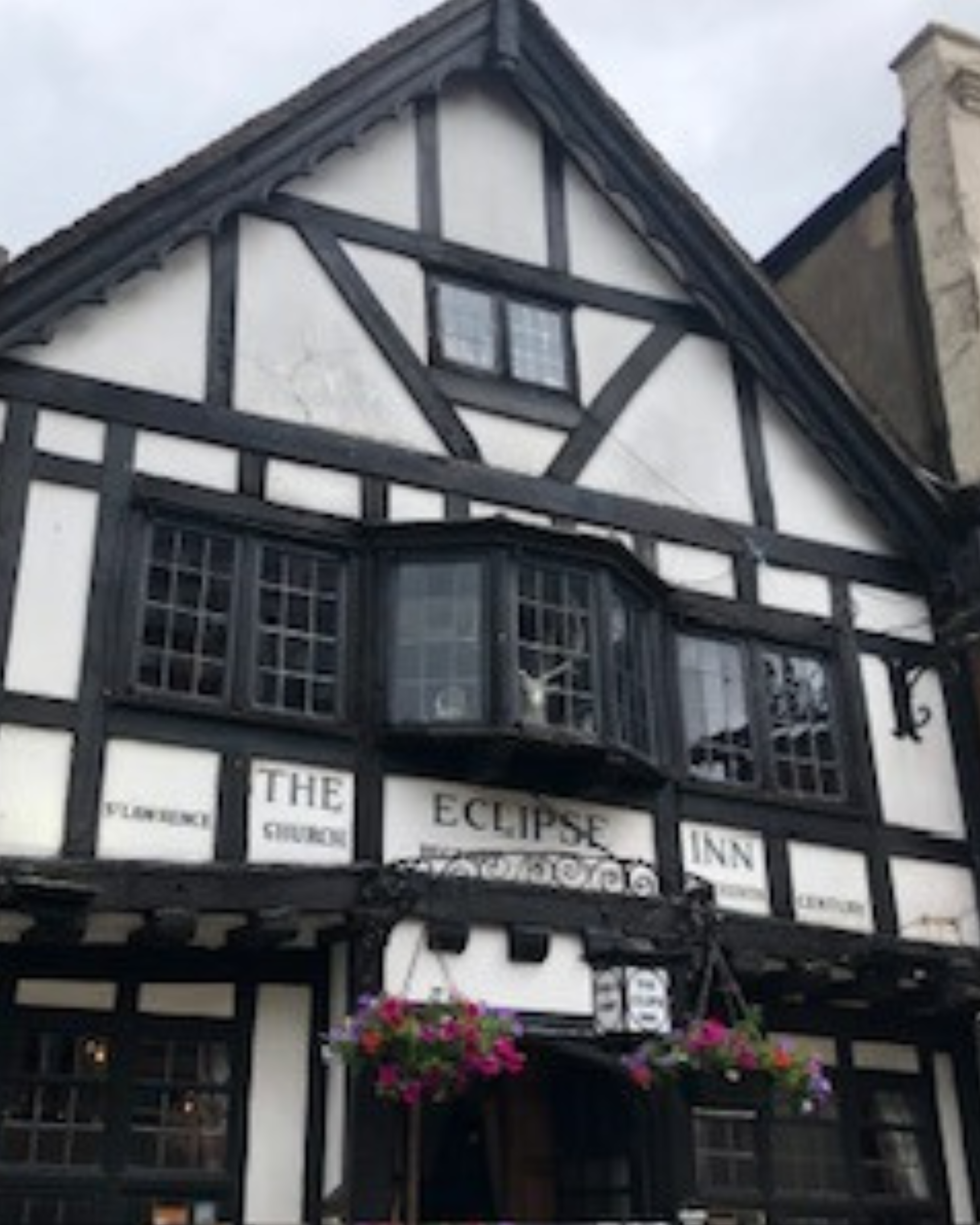TUDOR HERITAGE AND BEAUTY OF NATURE

Nature's gifts; countryside, rivers, hills and water meadows offer pure joy.
A scent of greenery, wild flowers, ducks, swans and an occasional heron.
A combination of Nature and a vibrant town centre with many historic and medieval buildings.
Castle ruins such as Bishop Henry de Blois' former palace/castle must have been incredibly impressive when built 900 years ago.
He once owned six castles. Being the grandson of William the Conqueror and brother of King Stephen, must have helped! And of course the 1000 year old Winchester Cathedral.
Walking around town, beautiful Tudor buildings offer a distinct style in keeping with the significance of Winchester's historical past........and present.
During the Roman era (they departed in AD400) buildings tended to be in stone as well as city walls. Most Roman ruins are underground.
Early post-Roman structured were typically in wood including Winchester's Old Minster.
The original base to the alter stone dates back to AD 620 which is featured in the Kings and Scribes Exhibition.
The Old Minster was eventually replaced by the magnificent Cathedral, commissioned by William the Conqueror.
There are a number of Tudor buildings including a truly magnificent house in Winchester Cathedral's Inner Close, where a strong sense of antiquity is profound. Tudor era (1485 - 1603) included Henry VIII and Queen Elizabeth I.

Many Tudor buildings' wooden beams originally came from disused ships timbers. Some with rectangular slots which originally accommodated supporting wood beams in the 1500s. Tudor buildings have a most significant place in history, be they for
people to eat and drink or just residences.
Beams and ornate wood panelling prompt thoughts of what it must have been like 500 years' ago.
The area around a Tudor building located on the High Street, now ASK, an Italian restaurant has original wooden beams and wall panelling. The area was bequeathed by Edward of Normandy to his daughter Queen Emma (984 - 1052)
a Norman Noble woman and great aunt of William the Conqueror. Edward also afforded her Winchester and Exeter.
Although this actual Tudor building was not her residence, Queen Emma owned the area.
A recent essay I have written about Queen Emma is also featured in 'Beauty and the Beast Publications'.
Queen Emma was once Queen of Denmark, Norway and England. Quite a lady.
Walking through pristine countryside, transports a walker through immaculately neat landscapes and avenues of trees, so perfectly in line.
Wild flowers, rivers and more. Such beauty and awareness. Thoughts of origins and historic significance visit the senses.
Similar feelings of awe when walking through a Tudor building. Even on the outside, history and elegance are profound.
Together with Winchester Cathedral is always adorned with spectacularly beautiful flower arrangements certainly lifting the spirit.
I always welcome those who create the most awesome displays as
'Flower Angels'.
Winchester's heritage; a combination of architectural magnificence and Nature's beauty. What more could be asked for?
TUDOR HERITAGE AND BEAUTY OF NATURE written by Simon Lever in association with Beauty and the Beast Publishing. Images courtesy of Simon Lever